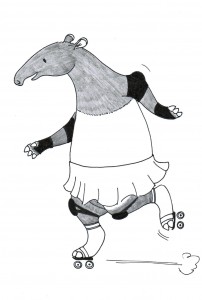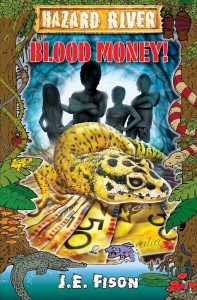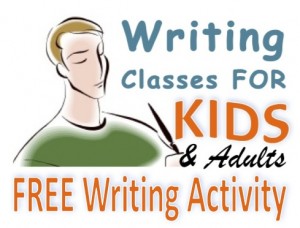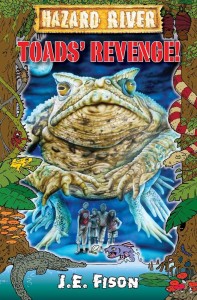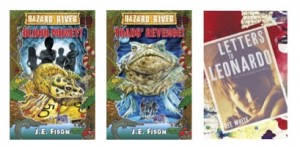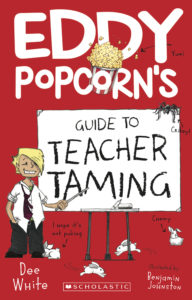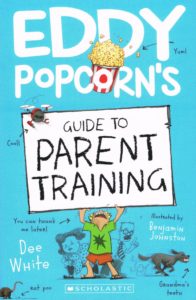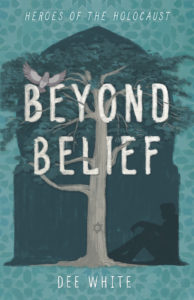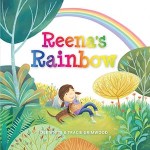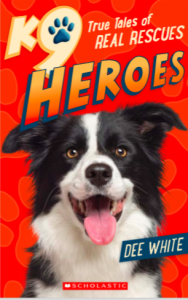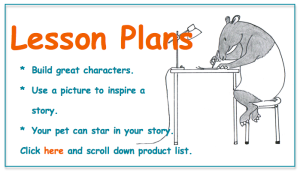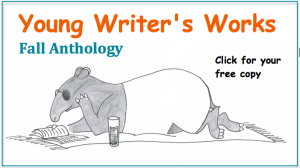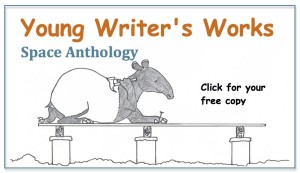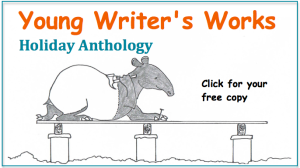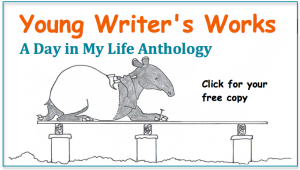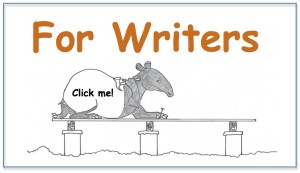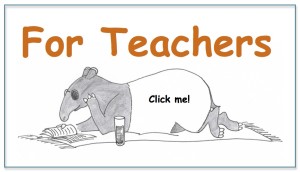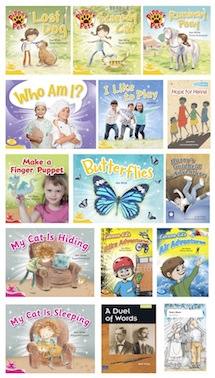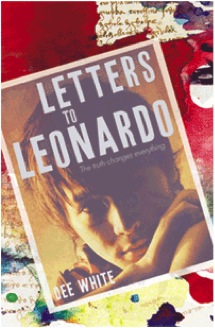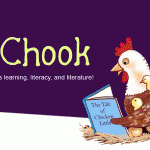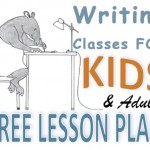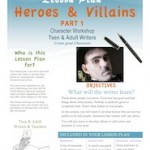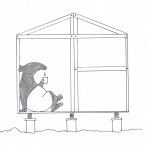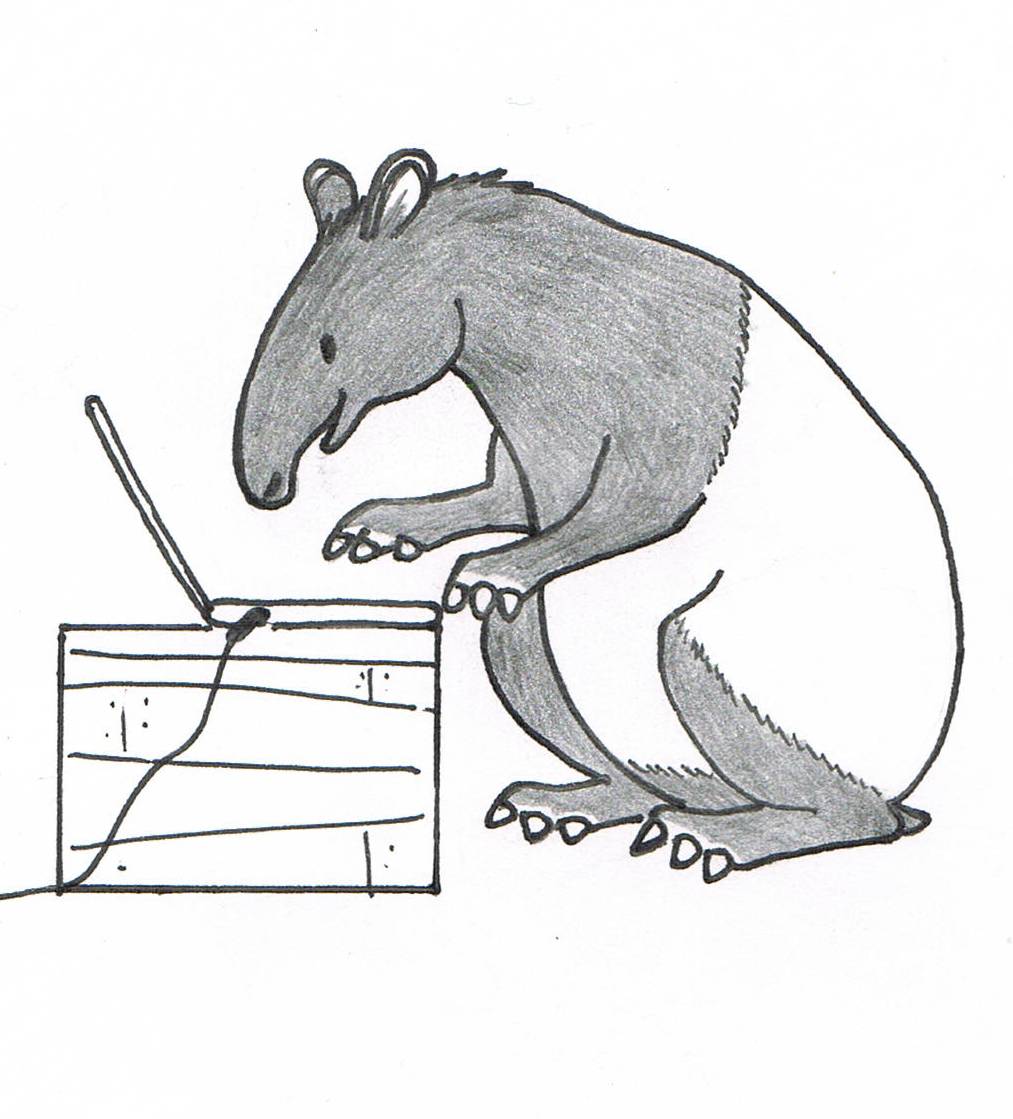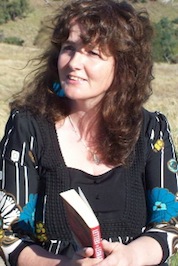1. Introduce the main character – Your reader will want to know who this story is about. If they love your main character, they will want to read what happens to them.
2. Hook the reader – You need to intrigue and excite your readers. Make your beginning so interesting that they want to read on
3. Set the tone – Give the reader an idea of the sort of story this is by the tone and content. For example if it’s going to be a humourous adventure then start out funny. if it’s going to be horror, then start scary.
4. Use action not boring stuff. For example, if someone opens the door and there’s something scary or surprising on the other side, start with the door opening not the person walking to the door. Start at the action.
5. Make it clear to the reader why your main character is in the scene. Why is your character in this particular place at this time?
6. Let the reader know what’s at stake. What is your character’s problem or what do they stand to lose if things don’t work out the way they want them to?
7. Introduce conflict – Give the reader a sense of what’s at stake, what is the conflict?
8. Don’t introduce too many characters too early – If you introduce too many characters on the first page it will confuse the reader.
9. Stick to one scene -Don’t confuse the reader by jumping from one scene/place to another on the first page. If you overload the reader with too much information they get confused and might not absorb important information that you want them to.
10. Use a strong voice – Make your main character unique. When they speak or act, the reader should be able to recognise that it’s your main character doing these things even if you don’t say who they are.
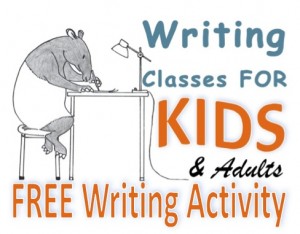 WRITING ACTIVITY – HOW WELL DO YOU KNOW YOUR CHARACTER?
WRITING ACTIVITY – HOW WELL DO YOU KNOW YOUR CHARACTER?
From the first page of your story, your reader will need to connect with your character so you will need to be well connected with them to. You will need to see inside your main character’s head. You will need to know how they think and how they would react to a situation.
Here’s an activity to test how well you know the main character in your story.
1. Your main character has just started at your school. It’s your job to introduce them to your classmates. In 50 words or less introduce your main character. What are the most important things about them? What are the things that people might like to know.
2. Your school principal is not who they say they are. It turns out they are a baddy intent on the school’s destruction. At the next school assembly they have a plan to kidnap the school captain. Only your main character knows about it. How do they react? What do they do to save the school captain and the school?
I hope you find these tips and activities useful. Happy writing and I look forward to seeing your competition entries.
Dee:)

